Jeremy Watt and Julie Brown are a husband and wife team that became Shopify Experts in the Summer of 2014. Their design studio, UP LATER THAN YOU has worked with a handful of great companies, including Livestock, Lust Limited, Knixwear Au Lit Fine Linens, and Green Zebra Kitchen. Along with their studio, they are the co-founders of Province of Canada, a 100% made-in-Canada lifestyle brand. In this blog post, Jeremy and Julie share their experience of starting their own freelancing business, and they offer some advice for anyone thinking of doing the same.
You might also like: Starting Your Own Web Design Company: How to Freelance, Find Clients, and Grow Your Business
Our story
In March 2014, Julie and I followed our gut, quit jobs we loved and started two businesses. After less than a year into working as Shopify Experts (I’ll get to the second business later), I’m here to tell you to keep your day job – unless, of course you find anything listed below remotely interesting.
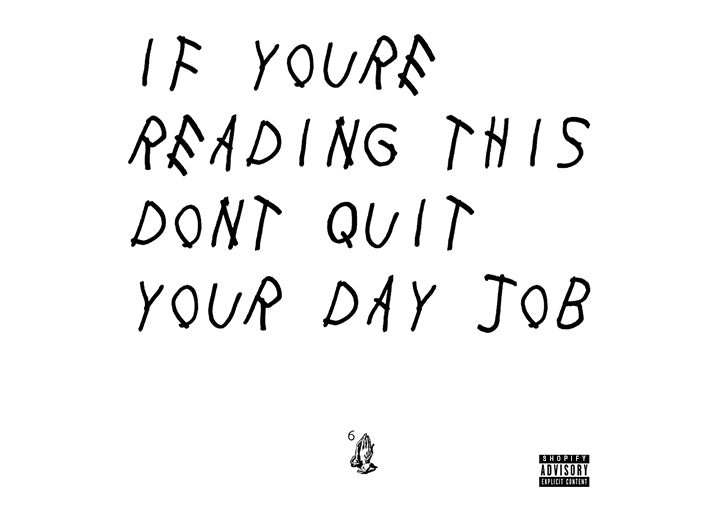
That day job of yours
We were stupid. We dove right into starting a business by quitting our jobs one day and starting a business the next day. Don’t quit your day job to start a business, start a business at your day job. Kidding, but you know what I mean. There are a lot of hours in the day. When you get home from your 9 to 5, start working on your new business. This type of work ethic will also give you a good idea of the hours you’re signing up for (I’m writing this post at 1:32am). Once you bank some clients and some cash, then you can draft that two week notice (more on this later).
No logo
Take some time to develop a brand, logo, and voice for your company and pair it with an up-to-date website. The name UP LATER THAN YOU is a little out there, but we felt that it was a great reflection of who we are. It also goes a long way in helping us attract the type of clients we love working with. Keep your web design portfolio fresh with the work you love most.
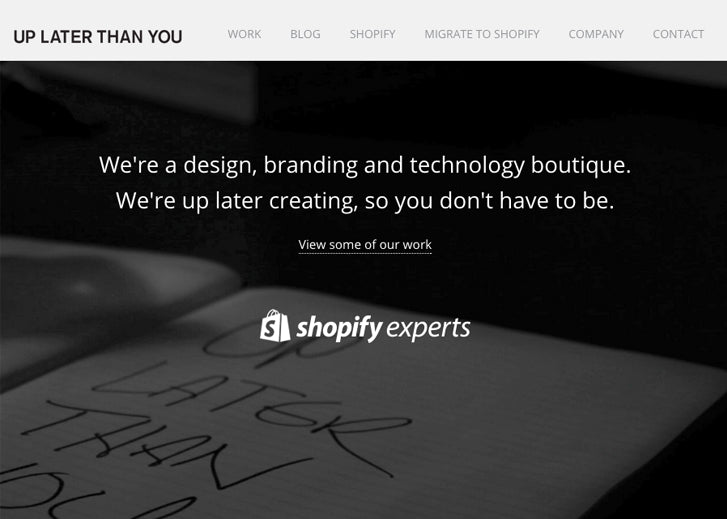
Divide and conquer
Find a co-founder. Easier said than done, but worth searching high and low for a partner that’s as nuts as you are or the yin to your yang. If you’re good at what you do, clients are gonna come #realquick and you’ll both welcome the company. Developers look for a designer; designers look for a developer. It can be tough managing clients and getting all the work done. Having a partner makes it easier to juggle everything and it’s great to have someone to bounce ideas off of.
You might also like: 10 Successful Web Designers Share Their Best Advice for Aspiring Freelancers
Take 'em to church
Remember that second business I mentioned earlier? It’s a made-in-Canada lifestyle brand that goes by the name Province of Canada, and guess what? It’s a Shopify store. This suggestion isn’t for everyone, but for us, it made a ton of sense. We’ve always wanted to start our own brand and it allows us to practice what we preach about Shopify. We educate ourselves daily with real-time, real-life scenarios and pass those learnings on to our clients. Building your dream store also gives you the opportunity to create one amazing case study.
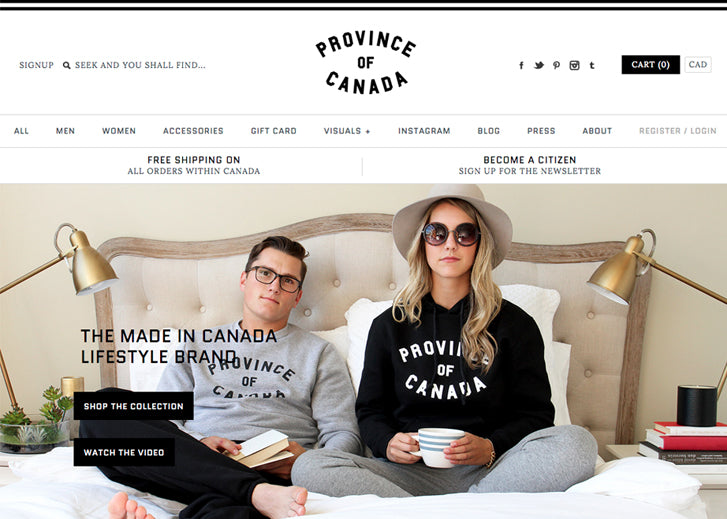
Don’t hate on Twitter
In the words of Gary Vaynerchuck, “Stop Tweeting and go use the search function…” (goo.gl/WyRqNL). Gary is referring to the search bar on Twitter or search.twitter.com. Our first batch of clients were all acquired using Twitter Search. Think about what you would Tweet if you were looking for a Shopify Expert and search for that.
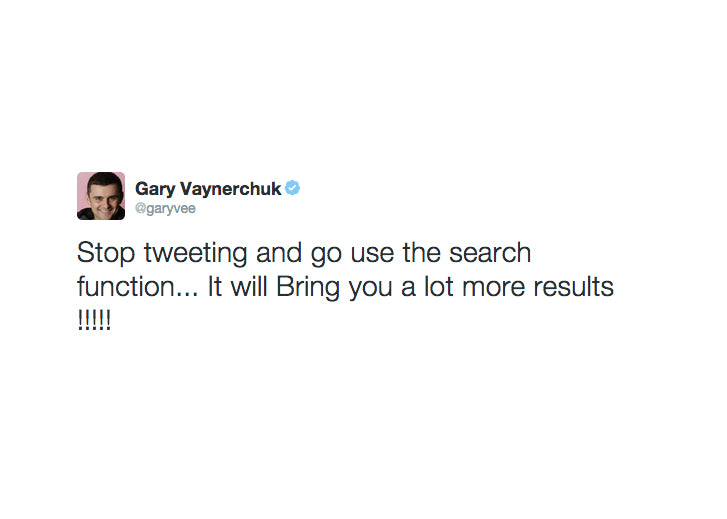
Fire a client
One of the biggest wins in our first year was our first fire. We were about two months into being Shopify Experts and we got a project request for what would’ve have been our largest site yet. We hopped on a call and right out of the gates there were red flags. The client’s viewpoint, design ideas, and tone of voice all left us feeling uneasy. There was an element of crazy that they portrayed and our gut said ‘stop the project before it starts’, but we didn’t. Booking any client was a big deal for us in those first few months so we pushed forward and got started. A few weeks later we sent over a mockup paired with some ideas for the site and the client’s reaction confirmed our initial feelings. We immediately returned their deposit and kindly let them know that we wouldn’t be working together anymore. It felt amazing and taught us a valuable lesson on trusting our gut instincts.
Always take a deposit
It’s always a good idea to take a deposit. Pick a percentage that you’re comfortable with and do your best not to compromise on that amount. When we started out we thought we would scare clients away if the amount was over 25%. It didn’t take long to realize that 25% wasn’t enough to sustain a project until its completion date. Project timelines and deadlines are moving targets so you want to be sure you have enough money in bank to match the time you’re putting in.
Make that budget
Your budget is your playbook. It’s that unsexy thing that will keep you sane and on track. It’s mind boggling how a simple spreadsheet allows us to focus on the big picture. Knowing how much you need to book each month will light up your path to success.
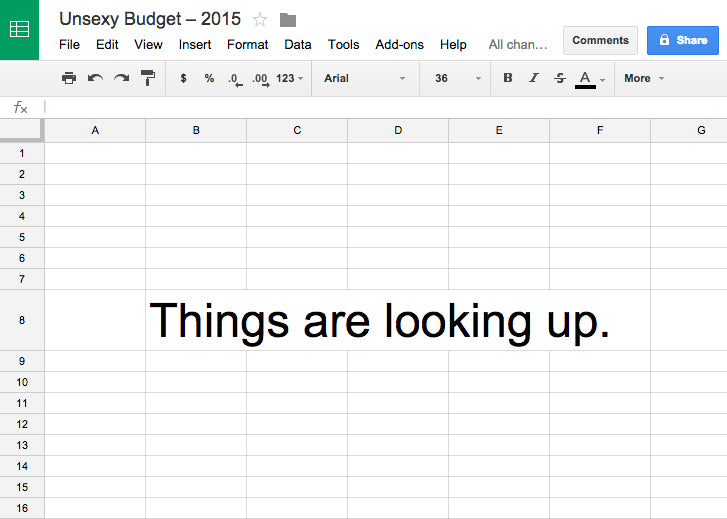
Fake it because you’re never going to make it
I know it sounds depressing, but it’s not meant to be. As an entrepreneur, you’re never going to feel as though you’ve ‘made it’. There’s always going to be a client that you think is out of your league. “We don’t have the skills to take them on,” “We’re too small of a shop for them.” Push through these insecurities and use them to fuel your ‘little’ company. When you do score that client that you never thought you’d land, you’ll fist-bump your co-founder and move on to the next task. If you consider that ‘making it,’ my bad.
To be a great champion, you must believe you are the best. If you're not, pretend you are. - Muhammad Ali
You might also like: The Ultimate Guide to Finding Web Design Clients.
But when should I quit my job tho?
From our experience, this is a comfort level decision. We took the ‘failure isn’t an option’ approach and just dove in, but we also know folks that would want to save a year’s salary before quitting their job. Earlier we mentioned landing ‘a few clients’ before venturing out on your own — three to five is probably a good number to work towards.
Once you have those first few clients booked, you’ll also want to take care of the following before going all-in:
- Register your business
- Register for HST (or your country’s equivalent tax stuff)
- Consider business liability insurance
- Build out your company's website
- Publish some blog posts
- Set up a Twitter account
- Create a budget and set some goals
Stop and smell the roses
It may never feel as though you ‘made it’, but that doesn’t mean you can’t enjoy it. Quitting your job and starting a company is a big deal. At times, you’ll feel like you’re going non-stop. Celebrate the little victories along the way — in year one, there will be a lot of them.
Read more
- Jeffrey Zeldman Shares His Advice for Aspiring Freelance Web Designers
- What is Personal Branding? A Freelancer’s Guide
- Free eBook] Become a Full-stack Freelancer With Grow Vol. 2
- Designing for Designers: Jen Mussari on her Shopify Partners Mug Design
- What is Impostor Syndrome? 6 Ways for Designers and Developers to Overcome it
- 6 Time Management Strategies to Transform the Way You Work
- Why We’re Sending a Shopify Developer Around the World (And How You Can Connect With Her)
- Why Freelancers Need to Care About Bookkeeping
You might also like: 7 Secrets for Balancing Freelance Projects With Your 9 to 5

